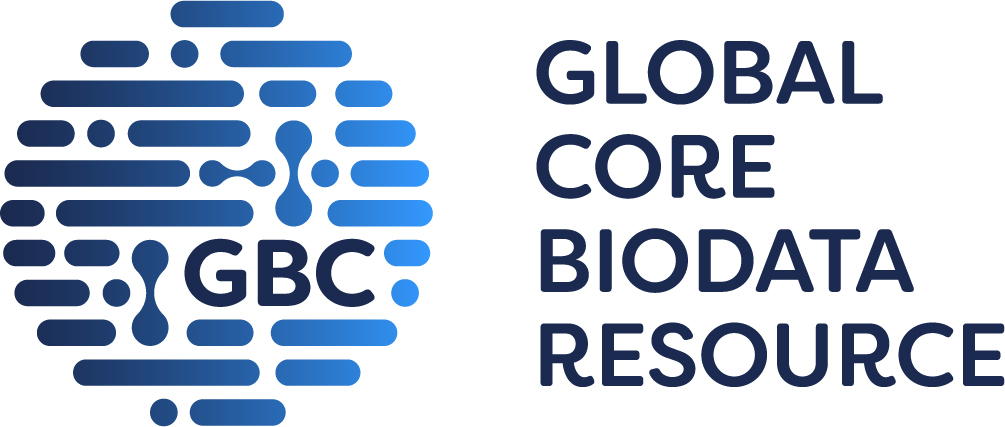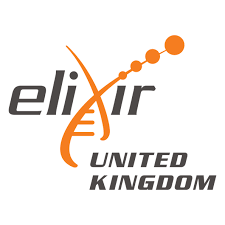
mivavotinib [Ligand Id: 9600] activity data from GtoPdb
Click here for a description of the charts and data table
Please tell us if you are using this feature and what you think!
|
There should be some charts here, you may need to enable JavaScript!
|
|
There should be some charts here, you may need to enable JavaScript!
|
|
There should be some charts here, you may need to enable JavaScript!
|
|
There should be some charts here, you may need to enable JavaScript!
|
There should be some charts here, you may need to enable JavaScript!
|
| DB | Assay description | Assay Type | Standard value | Standard parameter | Original value | Original units | Original parameter | Reference |
|---|---|---|---|---|---|---|---|---|
| fms related receptor tyrosine kinase 3 in Human [GtoPdb: 1807] [UniProtKB: P36888] | ||||||||
| GtoPdb | In vitro potency | - | 8.34 | pIC50 | 4.6 | nM | IC50 | Bioorg Med Chem Lett (2016) 26: 5947-5950 [PMID:27839918] |
| kinase insert domain receptor in Human [GtoPdb: 1813] [UniProtKB: P35968] | ||||||||
| GtoPdb | Measured in a caliper-based electrophoretic mobility shift assay. | - | 6.87 | pIC50 | 135 | nM | IC50 | Bioorg Med Chem Lett (2016) 26: 5947-5950 [PMID:27839918] |
| Janus kinase 3 in Human [GtoPdb: 2049] [UniProtKB: P52333] | ||||||||
| GtoPdb | - | - | 6.94 | pIC50 | 115 | nM | IC50 | Bioorg Med Chem Lett (2016) 26: 5947-5950 [PMID:27839918] |
| spleen associated tyrosine kinase in Human [GtoPdb: 2230] [UniProtKB: P43405] | ||||||||
| GtoPdb | Enzyme inhibition in vitro. | - | 8.49 | pIC50 | 3.2 | nM | IC50 | Bioorg Med Chem Lett (2016) 26: 5947-5950 [PMID:27839918] |
| GtoPdb | Cellular potency | - | 8.01 | pEC50 | 9.8 | nM | EC50 | Bioorg Med Chem Lett (2016) 26: 5947-5950 [PMID:27839918] |
| zeta chain of T cell receptor associated protein kinase 70 in Human [GtoPdb: 2285] [UniProtKB: P43403] | ||||||||
| GtoPdb | Measured in a time-resolved fluorescence resonance energy transfer (TR-FRET) assay. | - | 7.13 | pIC50 | 75 | nM | IC50 | Bioorg Med Chem Lett (2016) 26: 5947-5950 [PMID:27839918] |
Our curators have not yet identified this ligand in ChEMBL, but you may find additional data by searching on the ChEMBL site using the ligand's name or structure.







